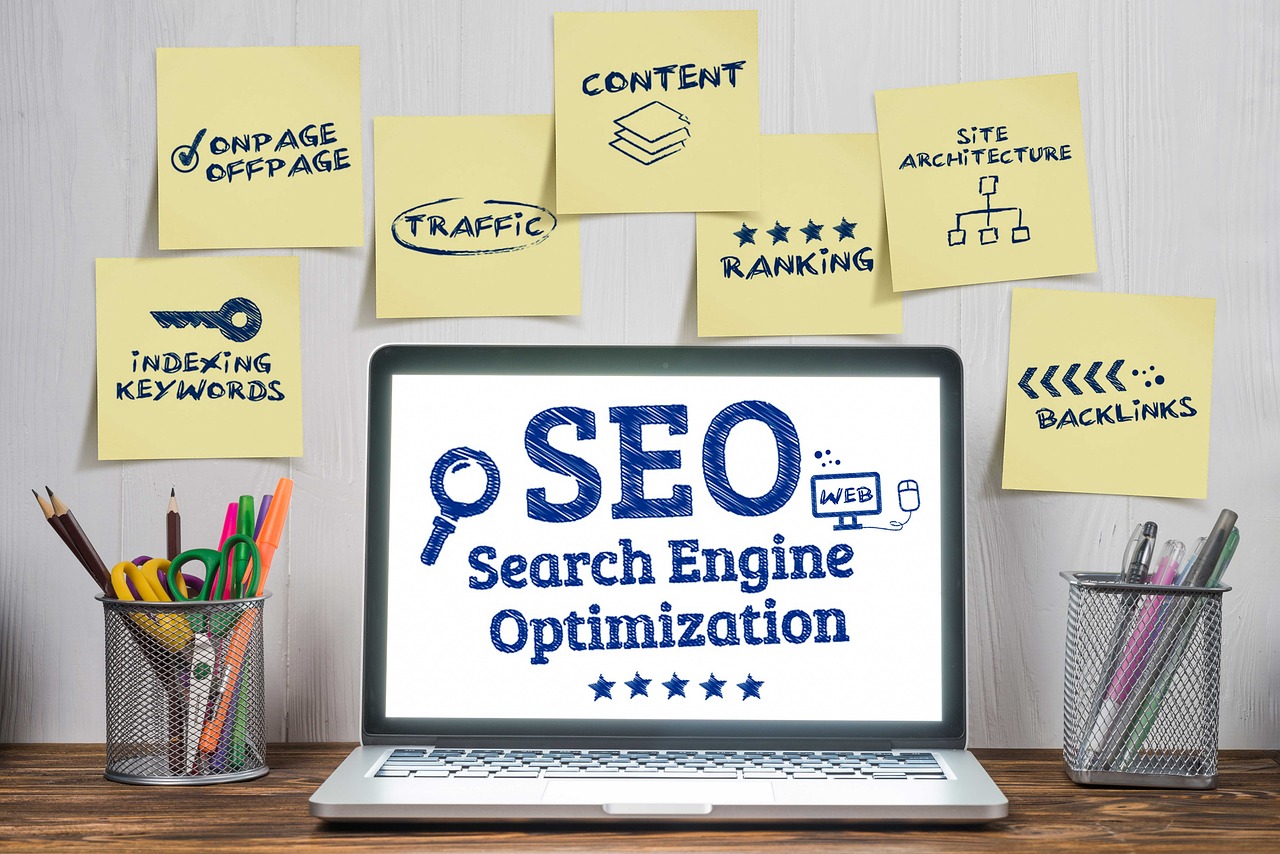From underestimating AI’s impact on search, to clinging onto outdated tactics, your website has missed potential. And in today’s digital-first world, having a subpar online presence can be DISASTROUS for your business.
Many companies still view their website as a ‘marketing asset’ – thinking its purpose is to merely exist and look polished – and in turn fail to see the value in website performance.
Businesses can have the most desirable products, strategic marketing, and a website that looks aesthetic, but failing to implement those technical and strategic issues buried deep in their site is the real culprit for revenue drain.
But not all hope is lost for the technically-challenged. TAL Agency reveals the top 5 missed opportunities that stop your website from ranking where it needs to be, converting curious into customers, and generating that all important revenue, and how to solve them.
“SEO often works quietly in the background, which is why it’s so easily de-prioritised,” explains Nicola Hughes, Head of SEO at TAL Agency. “But in reality, an optimised website is one of the most powerful marketing tools a business can have. Without strong SEO, your site might look and function well, but without traffic, clicks, and conversions, it’s not doing its job.
Almost half of all searchers click an organic result – so if your website isn’t optimised, those potential customers are likely heading straight to your competitors. With increasing digital competition and the growing impact of AI on search, issues like slow load times, poor mobile experiences, broken links, and weak keyword strategies are problems business owners can’t afford to ignore.”
The top 5 silent revenue drains businesses can’t afford to ignore
Ignoring the impact of AI on search
The search landscape has been revolutionalised by the implementation of artificial intelligence, and without staying ahead of the curve to evolve with AI, businesses risk optimising their sites for a version Google that no longer exists.
Businesses must acknowledge that matching keywords is no longer a sufficient SEO strategy; search algorithms are more intelligent than ever – focusing on not only the answers, but the further questions raised from those answers. Long-tail keywords and a tone that is conversational is favoured by AI search.
Optimising for AI discoverability is crucial. Building strong topical authority, implementing structured data, and brand mentions through avenues like digital PR, ensure your website is a trusted, recognisable and discoverable source for AI to pull through.
Confusing visibility with performance
High rankings do not always mean high returns. Many businesses chase visibility, focusing on keyword positions and traffic, without connecting those gains to commercial outcomes. Visibility without performance quietly drains revenue. You might dominate search results but still fail to convert that traffic into paying customers.
True SEO success is about turning visibility into value. That means measuring not just where you rank, but what those rankings deliver in terms of traffic quality, conversions, and revenue growth. If organic sessions are increasing but sales are not, it is time to re-evaluate your strategy.
This is where Search Experience Optimisation (SXO) comes in. By working closely with UX teams, brands can bridge the gap between attracting visitors and converting them. Every click should lead to a seamless, intuitive experience that encourages action. Optimising content for intent, improving page load times, refining navigation, and testing calls to action all contribute to stronger conversion rates and measurable revenue growth.
Visibility shows up in reports. Performance shows up in profit.
Buying backlinks
This is one businesses need to leave behind, yesterday. It’s ‘black hat’ SEO, and frowned upon for good reason. Buying backlinks goes against Google’s rules, and can have severe consequences. You can risk being penalised or removed from the SERP entirely, which is totally counterintuitive to your efforts to become visible online.
Businesses may reap short-term benefits, but at huge cost. Once the link spam is identified, it will not only drop your rankings significantly, but it can damage your site’s reputation and trustworthiness. The investment made in purchasing backlinks will have repercussions, then further investment will have to be made to rectify the mistake. It’s one to be avoided at all costs – quite literally.
Ignoring the Power of Structured Data
Structured data is one of the most overlooked tools in SEO, yet it can have a huge impact on visibility, click-through rates, and ultimately, revenue. It helps search engines understand your content more effectively, allowing key information like reviews, prices, and product details to appear directly on the results page. Without it, your website may struggle to stand out against competitors who are enhancing their listings with rich results.
Ignoring structured data means missing out on valuable real estate in the search results. Those additional elements – star ratings, FAQs, product carousels – build trust and attract clicks from users who are ready to buy. Businesses that fail to implement it risk losing traffic and conversions to competitors offering a more engaging search experience.
As AI continues to shape how Google presents information, structured data is becoming even more important. It feeds the systems that power AI overviews, product grids, and voice search results. Investing in comprehensive, accurate schema markup is no longer optional. It is a direct lever for driving visibility, improving conversion potential, and future-proofing your site for the next evolution of search.
Overlooking Crawlability: The Technical Foundation of SEO Success
A strong SEO strategy starts with a site that search engines can easily crawl and index. Without that foundation, even the best on-page optimisation and content efforts go unnoticed. Crawlability is what ensures your technical and creative work is actually being seen, understood, and rewarded.
When search engines struggle to access key pages due to broken internal links, poor site architecture, redirect loops, or bloated parameter URLs, visibility suffers. You might have perfectly optimised product pages and high-quality content, but if they are buried deep in the site or blocked by crawl inefficiencies, Google may never reach them.
Improving crawlability is not just a technical exercise – it directly impacts ROI. By creating a clear, logical site structure, optimising internal linking, managing crawl budgets, and resolving errors flagged in Search Console, you help Google prioritise your most valuable pages. This means faster indexing, better rankings, and greater visibility where it matters most.
Technical SEO is the foundation that allows your on-page and content investments to deliver commercial results. If search engines cannot reach your content, your audience cannot either.

